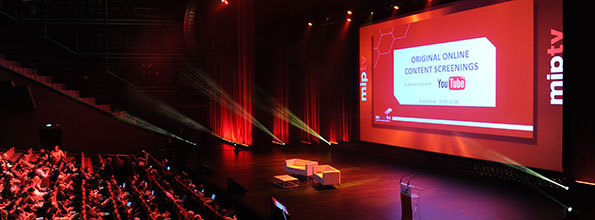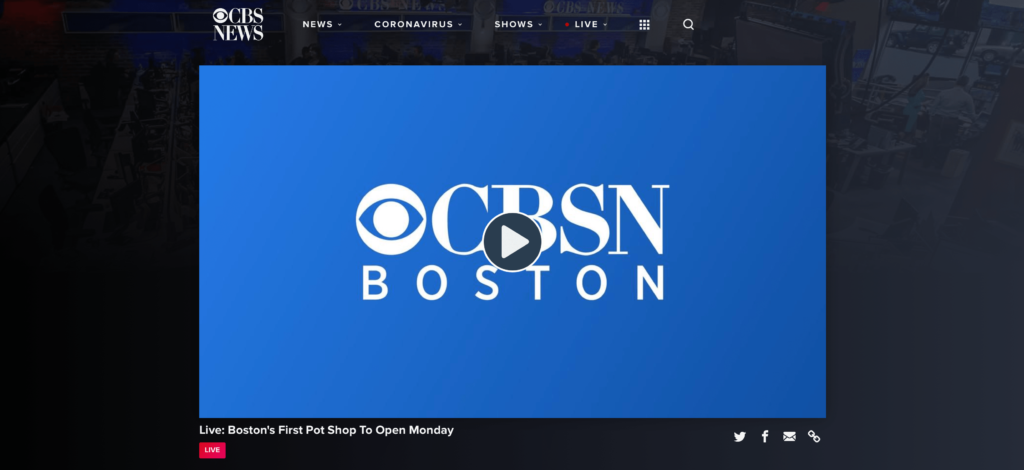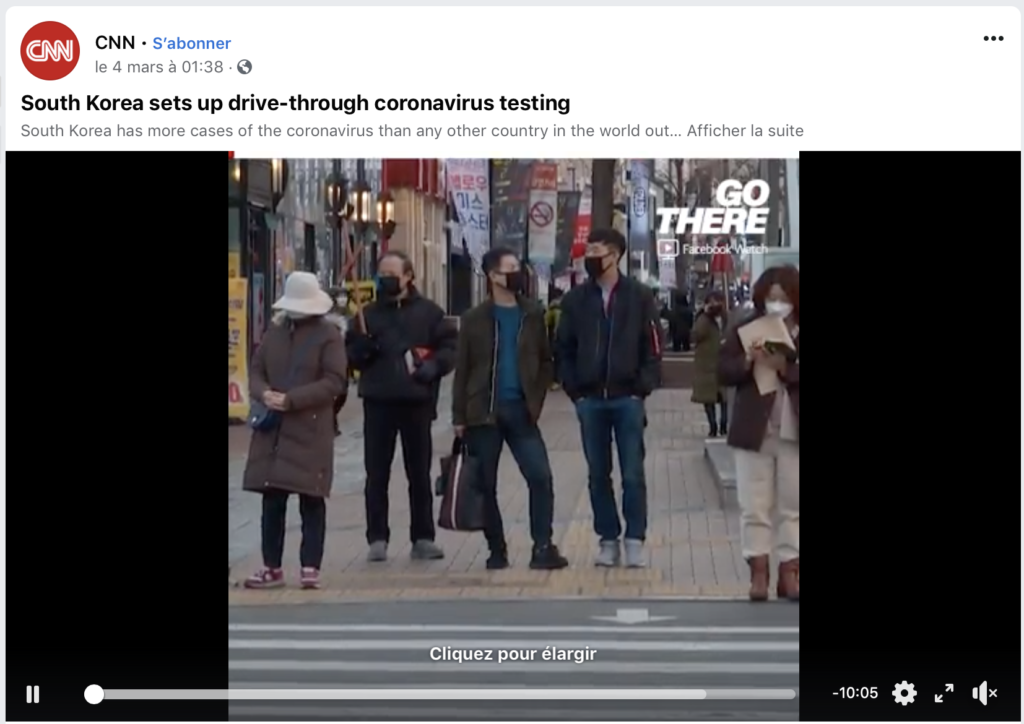The coronavirus has created a real earthquake with significant economic and social consequences. Beyond having an impact on our daily lives, it is also changing the media ecosystem and the way video contents are produced, broadcasted and consumed.
Let’s take a look at the impacts of the coronavirus on content production but also the new usages generated and the consequences on the distribution of online videos.
On the production side, we can note several important trends in the media sector:
-
Streaming platforms and Livestream as a response to canceled physical events.
First of all, because they gather a lot of people in confined spaces, many events (sports competitions, conferences, markets…) are canceled or deserted by the public. So, why not record and broadcast remotely your event?
The Livestream can be a real solution to broadcast online video content to as many people as possible while avoiding physical gatherings. In addition, many solutions, such as OKAST, make it possible to broadcast these live streams on premium platforms while also offering replay via video-on-demand content. So in order to save offline events, set up your online video boutique.
For example, with the cancellation of MIPTV, program distributors and sellers could offer a video platform to showcase their TV programs to buyers without the need for them to travel. For any such request, please contact us at hello@okast.tv.

-
Video streaming platforms as a complementary broadcasting tool
Some media companies also use OTT broadcast platforms to provide more in-depth coverage of a news story to their audiences. In the case of a subject like the coronavirus, which is a fast-moving news story, it is sometimes difficult for linear TV channels to shake up their programming, the use of a complementary Livestream on digital platforms to provide special and event-driven treatment of a news story is an option chosen by channels like CBSN.

-
Social networks as a sourcing tool for the production of exclusive content
In the case of major topics, such as coronavirus, social networks make it possible to capture the interest of the audience for specific topics. For example, by reading comments on its Facebook page mentioning South Korea’s handling of the coronavirus outbreak, CNN produced a 10-minute special episode for its daily show “Go There”. And it has been a success, with 4 million views in just a few days.
This reminds us 2 important things: first, social networks are good tools for “sourcing” content that really interests its audience, and secondly, the production of exclusive content is a key success factor in the creation of video streaming platforms.

-
Technology offers collaborative work tools for remote content production teams
Thanks to remote and cloud-based workflows tools, it is possible to organize the production and post-production of video content remotely and thus avoid being impacted by the problems caused by the pandemic (interruption of transport services…). As teleworking is becoming more and more common, tools such as Base Media Cloud, Blackbird, Bee-On… can be particularly interesting for video content production companies.
Whether in the production or distribution of content, the use of SAAS tools is often the best solution to develop quickly, at low cost, and by removing entry barriers, or extraordinary incidents.
-
VOD or OTT platform creation solutions as an answer to confinement
According to App Annie, last month, weekly downloads of gaming applications on Apple devices in China increased by 80 percent compared to the average monthly downloads for 2019. Meanwhile, movie ticket sales in South Korea are down about 70 percent from what they normally would be at this time of year, according to The-Numbers.com.
Although Netflix does not report on the growth of its subscriptions since the coronavirus hit the news, it is clear that this has had an impact on the consumption of streaming services in households.
Offering its own streaming platform to broadcast movies, series or sports events on VOD (OTT sports platforms) seems essential today to adapt to current usage but also to cope with the various crises.
Many companies are facing bankruptcy or poor financial performance now and in the coming months. Using a solution like OKAST will empower people to do business contactless. If you want to build your own streaming platform to deliver live or on-demand video or audio content, OKAST offers a turnkey solution to allow you to deploy your own Netflix-like platform in just a few clicks.
Contact us if you would like more information about our white-label video streaming platform at hello@okast.tv